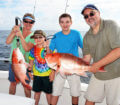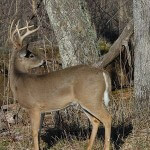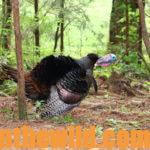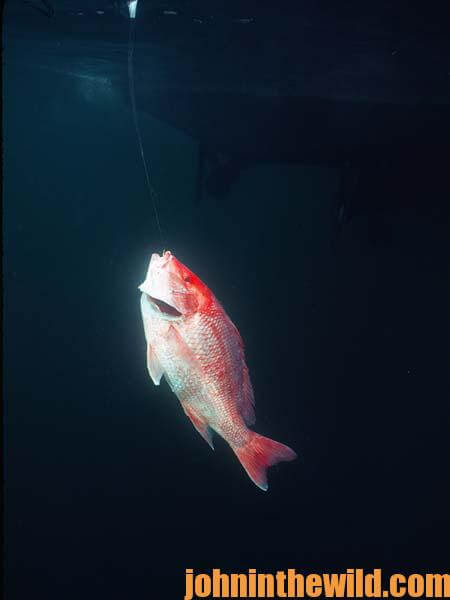 One of the most-common questions asked by many people who go reef fishing on a charter boat is, “Why does the captain leave a spot where the fish are biting and move to another place?” According to Captain Randy Boggs of the “Reel Surprise” that’s docked at San Roc Cay Marina in Orange Beach, Alabama, “When we deploy an artificial reef, often 6 to 8 years is required for a community of red snapper and other reef fish to begin to spawn and create a community of fish on that reef. Other fish from the Gulf of Mexico also will move on this reef, hold there for a period of time and move off. So when we fish an artificial reef, we want our anglers to catch about 8 to 10 really-nice-size snapper off that reef and next move on to another reef. By not fishing these reefs more than two times per year, the population of fish can grow in numbers and size.
One of the most-common questions asked by many people who go reef fishing on a charter boat is, “Why does the captain leave a spot where the fish are biting and move to another place?” According to Captain Randy Boggs of the “Reel Surprise” that’s docked at San Roc Cay Marina in Orange Beach, Alabama, “When we deploy an artificial reef, often 6 to 8 years is required for a community of red snapper and other reef fish to begin to spawn and create a community of fish on that reef. Other fish from the Gulf of Mexico also will move on this reef, hold there for a period of time and move off. So when we fish an artificial reef, we want our anglers to catch about 8 to 10 really-nice-size snapper off that reef and next move on to another reef. By not fishing these reefs more than two times per year, the population of fish can grow in numbers and size.
“When we find a reef that’s holding quality red snapper that will weigh from 8 to 12 pounds, we want to leave that reef and make sure there still are some quality snapper on the reef. We don’t want to try and catch all the snapper holding on that individual reef. I operate under the saying of, ‘When you catch some nice-sized red snapper, make sure you leave nice-sized red snapper on the reef.’ In other words, don’t overfish the reef. By not overfishing the reef, you can return to some of the same reefs year-after-year and produce nice catches of red snapper.
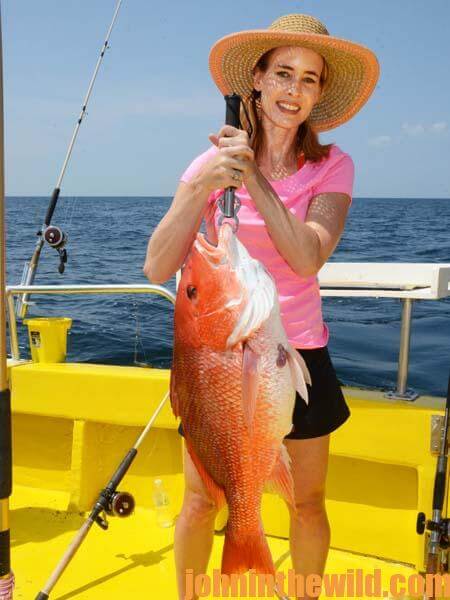 “One of the big advantages we have off Alabama’s Gulf Coast is that we have more than 5,000 artificial reefs in a reef building zone that’s about 100 square miles of gulf bottom. So, during a day of fishing, we can move from reef-to-reef and catch quality red snapper without damaging the reef. If we stay on a reef and catch a good number of 16- to 18-inch red snapper and then move to another reef where we’re catching red snapper that weigh 18 to 20 pounds, our customers will want to throw back the smaller fish and keep the bigger fish. However, since anglers only can keep two red snapper that are 16 inches or longer, once they’ve caught the two red snapper they can keep, they can’t throw those fish back, even if they catch a bigger snapper later in the day. Therefore, when our anglers start catching small snapper, we want to move away from the reef where we’ve been fishing and go look for another reef that may hold bigger snapper.”
“One of the big advantages we have off Alabama’s Gulf Coast is that we have more than 5,000 artificial reefs in a reef building zone that’s about 100 square miles of gulf bottom. So, during a day of fishing, we can move from reef-to-reef and catch quality red snapper without damaging the reef. If we stay on a reef and catch a good number of 16- to 18-inch red snapper and then move to another reef where we’re catching red snapper that weigh 18 to 20 pounds, our customers will want to throw back the smaller fish and keep the bigger fish. However, since anglers only can keep two red snapper that are 16 inches or longer, once they’ve caught the two red snapper they can keep, they can’t throw those fish back, even if they catch a bigger snapper later in the day. Therefore, when our anglers start catching small snapper, we want to move away from the reef where we’ve been fishing and go look for another reef that may hold bigger snapper.”
Party boat captains and fishermen farm the Gulf of Mexico for red snapper. Many of them purchase artificial reef material and pay boats to take those reefs out and sink them in the reef building zone on the bottom of the Gulf of Mexico. They understand that by making more reefs to fish, they’re creating more habitat for red snapper and all the other fish that live in the Gulf of Mexico. By managing these reefs and not overharvesting any one reef, they can continue to catch plenty of red snapper and other reef fish all year long. These reefs are where captains make their living. These captains also understand that their customers want to catch big fish. Therefore, by moving from reef to reef, they drastically increase the odds for their customers to catch red snapper and other fish that will weigh 8 pounds or more. By catching an abundance of larger fish, their customers will return and fish with them several times per year.
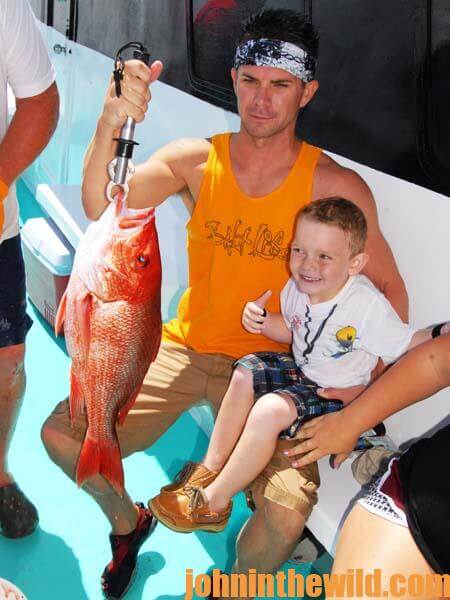 To learn more, click on these videos: https://www.youtube.com/playlist?list=PLGQmmVVCpUzqnVbg9ITi8EJz8Fzpz6P1W
To learn more, click on these videos: https://www.youtube.com/playlist?list=PLGQmmVVCpUzqnVbg9ITi8EJz8Fzpz6P1W
You can call Captain Randy Boggs at 251-981-7173 or email at info@reelsurprisecharters.com.
For more information on fishing for saltwater species, get John’s eBooks “Alabama’s Offshore Saltwater Fishing: A Year-Round Guide for Catching Over 15 Species of Fish” and “Fishing Mississippi’s Gulf Coast and Visitor’s Guide.” Click here to get these books.


